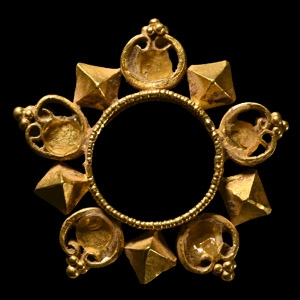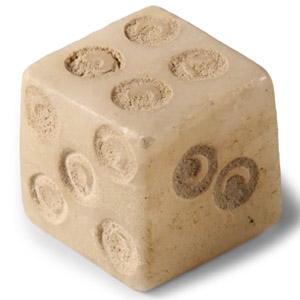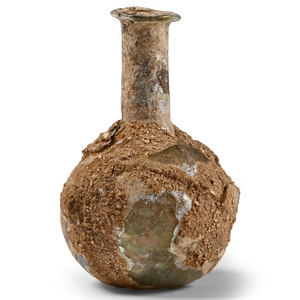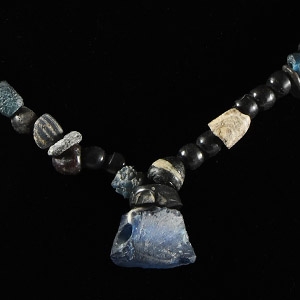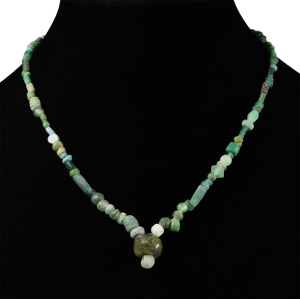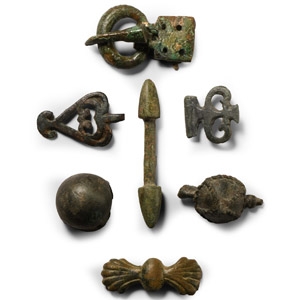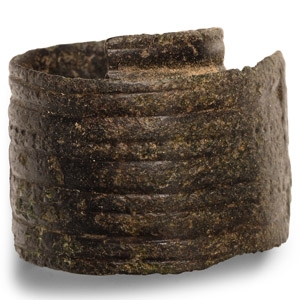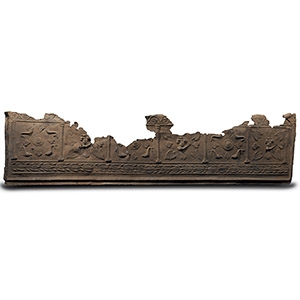Home > Auctions > 4 June - 8 June 2024
Ancient Art, Antiquities, Natural History & Coins
Auction Highlights:
From a late Japanese specialist collector, 1970-2000s.
See Niederle, L., Příspěvky k vývoji byzantských šperků ze IV. - X. Století (Contributions to the development of Byzantine jewellery from the IV. - 10th century,), Praha, 1930, fig.6, for a pendant with similar heart-shaped patterns.
From the collection of a gentleman, acquired on the London art market in the 1990s.
From the important private collection of dice and gaming pieces of Colin Narbeth, London, UK, collection no.28.
Acquired 1980-2015.
Ex Abelita family collection.
Cf. Whitehouse, D., Roman Glass in the Corning Museum of Glass, vol.2, New York, 2001, item 772.
Acquired on the London, UK, art market in the 1990s.
Ex London, UK, gallery.
Ex property of a late Japanese collector, 1970-2000s.
Acquired on the London, UK, art market in the 1990s.
Ex London, UK, gallery.
From a pre World War II collection, thence by descent.
Ian Wilkinson collection, Nottinghamshire, UK, formed since 1985.
Ex German art market, 2000s.
Acquired from an EU collector living in London.
From the collection of Surrey, UK, gentleman.
Property of the vendor's grandfather, thence by family descent, circa 1985.
From the private collection of a New York, USA gentleman.
Found Suffolk, UK.
Accompanied by a copy of the British Museum's Portable Antiquities Scheme (PAS) report no.SF-37E1B5.
Recorded with the Portable Antiquities Scheme under reference SF-37E1B5.
Acquired 1970s-early 1990s.
Property of a North American collector.
London collection, 2016.
See Payne, G., 'Roman Leaden Coffin discovered at Plumstead' in Archaeologia Cantiana, Vol.17, 1887, fig.10, for the presence of lead sarcophagi in Roman Britain; for a similar specimen in the Metropolitan Museum of Art, accession no.31.116a-i; Penn Museum, coffin panel B10280, from Lebanon (Tyre).
There were many ways of burying bodies during the Roman Empire. Although the majority were buried without coffins, there is evidence for wooden coffins, lead-framed wooden coffins, tile burials and lead and stone coffins. This item belongs to types widespread in the Eastern Mediterranean. The panel is decorated with a columned structure, and within each section are symbols of the outer-world, including gorgons, sphinx and dolphins. The sphinx, having a human head and breasts, legs and paws of a lion, and wings of a bird, was generally associated with protecting imperial tombs and temples. The roundels featuring the head of Medusa, known for her potent gazes that could turn one to stone, was favoured on sarcophagi and architectural ornaments because it was believed that her image would protect those within. The dolphin was considered to ferry the souls of the dead to the afterlife. Very often these sarcophagi were connected by a pipe to the ground above so that mourners could pour offerings into the grave.
673 - 684 of 2809 LOTS

.jpg)

.jpg)
.jpg)
.jpg)
